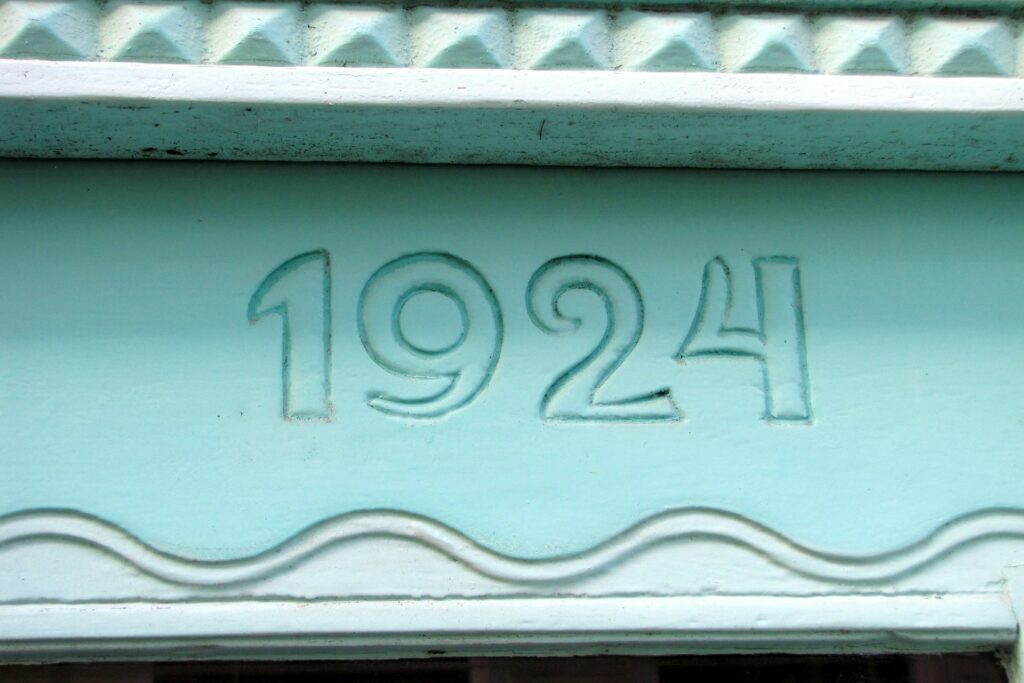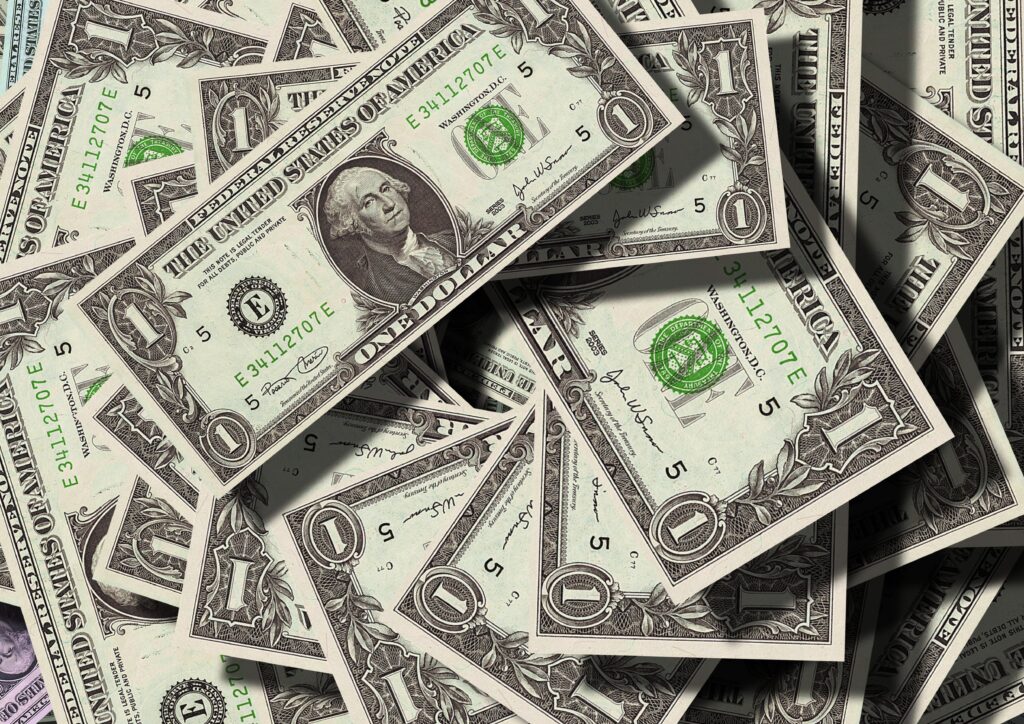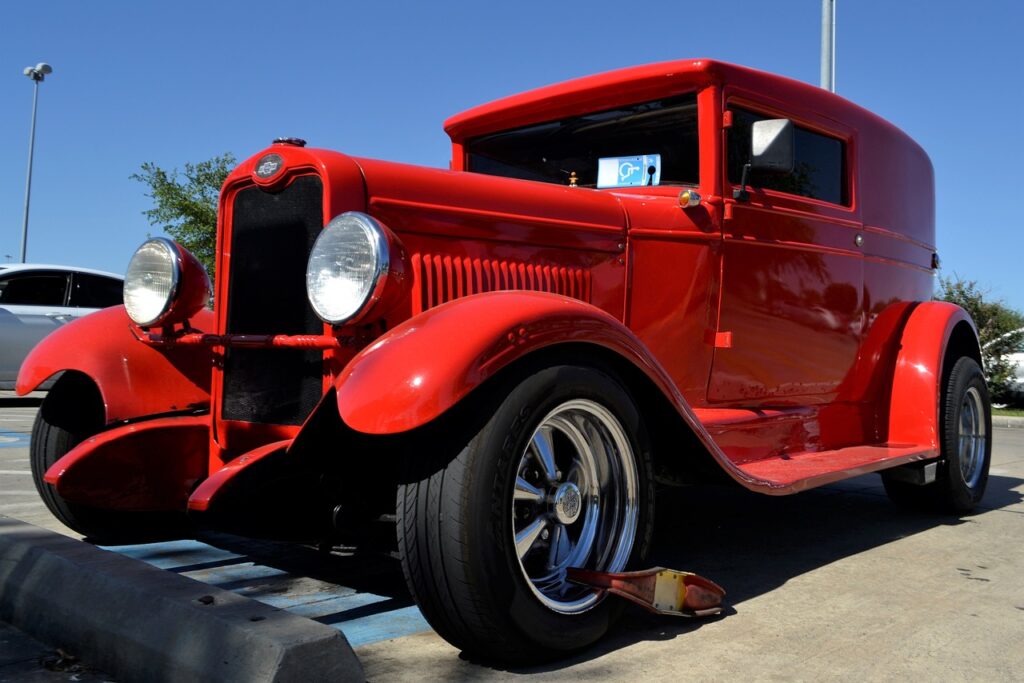If you’re a history buff, you may be curious about the cost of living in 1924. Although the 1920s started rocky with a recession, the rest of the decade was economically prosperous (until the Great Depression of course). According to the Economic History Association, the gross national product increased by 4.2% per year from 1920 to 1929.
Advances in manufacturing contributed to economic growth and made new consumer goods like radios and vacuums available to the public. The widespread adoption of cars also fueled suburban expansion and tourism, further boosting the economy. To better understand this exciting time in the country’s history, let’s take a closer look at the cost of living in 1924.
The Cost of Living in 1924
The “Forgotten Depression” of 1920-1921 caused consumer prices to fall, making the cost of living in 1924 more affordable for the average family. For example, the price of a gallon of gas was $0.30 in 1920 and dropped to $0.18 in 1924. The average household income was roughly $2,200, which sounds very low to us now.
However, keep in mind that wages grew during this period, which helped give households more disposable income. Between 1923 and 1929, the weekly earnings of skilled male earners rose by 5.3%. Unskilled male workers enjoyed an 8.7% increase in weekly wages during the same period. Women’s salaries didn’t rise as much, only growing 1.7%.
But how did families spend their growing incomes? Here’s an overview of the average household’s budget to give you an idea of the cost of living in 1924.
Cost of Food in 1924
Looking at grocery prices from the 1920s may make you feel green with envy. Although these prices seem downright cheap, keep in mind that families spent a higher percentage of their income on food in the 20s than we do today.
According to a magazine article from 1925, it cost a minimum of $30 per month to feed two people a simple, plain diet. Families with multiple children might have to spend double that figure. Considering the median annual income was about $2,200, food took a big bite out of the household budget. For more context, take a look at the list of average grocery prices below. The historical price data came from the Library of Congress and today’s prices came from the St. Louis Fed.
Item | 1924 | 2024 |
| Sirloin Steak | $0.39/lb | $13.69/lb |
| Round Steak | $0.33/lb | $8.10/lb |
| Pork Chops | $0.30/lb | $4.23/lb |
| Ham | $0.45/lb | $4.76/lb |
| Dozen Eggs | $0.47 | $2.52 |
| Butter | $0.51/lb | $4.65/lb |
| Cornmeal | $0.04//lb | $1.25/lb |
| Gallon of Milk | $0.52 | $3.95 |
| Flour | $0.04/lb | $0.55/lb |
| Potatoes | $0.02/lb | $0.88/lb |
| Sugar | $0.09/lb | $0.97/lb |
| Bacon | $0.37/lb | $6.61/lb |
| Lard | $0.19/lb | $3.75/lb |
| Whole Chicken | $0.35/lb | $1.98/lb |
Many innovative food products were developed during the 20s, including Velveeta, Wonder Bread, frozen food, Hostess cakes, and Kool-Aid. Cooking became much less time-consuming as the availability of frozen, canned, and packaged food increased.
Due to the spread of automobiles, the number of roadside diners also surged. Since families had extra disposable income thanks to wage growth, eating out became more common. Before the Great Depression hit, families were spending 6% of their incomes on food away from home.
Cost of Major Purchases
Another factor that affected the cost of living in 1924 was the price of major expenses like housing and tuition. According to the Archive Project, houses cost under $10,000 back in the day. Although we’d all love to buy a house for such a small sum, remember that households only brought in $2,200 per year on average. Even though houses were cheaper, they still cost roughly 3.3 times the average income. So families had to save up to purchase property and other major household goods like cars.
Item | 1924 |
Shelter/Rent | $18 per month |
| Car | $265 |
| House | $7,720 |
| Gas | $0.18 per gallon |
| College Tuition | $250 per year |
Cost of Entertainment and Luxuries in 1924
Due to the economic prosperity of the 20s and expanding access to credit, many Americans were able to buy luxuries like household appliances, phonographs, radios, and nice furniture. By 1929, families were reportedly spending 20% of their incomes on household goods and entertainment. Traveling, eating out, going to the movies, and watching professional sports also became popular pastimes as wages rose and disposable income grew. Check out the chart below to see what having fun cost in 1924.
Item | 1924 |
| Movie Ticket | $0.25 |
| Children’s Ride-On Car | $9.98 |
| Women’s Fur Coat | |
| Golf Clubs | |
| Silver Three-Piece Tea Set | $12.95 |
What do you think of the cost of living in 1924? Was it better or worse than today? Let me know in the comments!
Read More
What Was The Cost of Living in 1920?
What Was The Cost of Living in 1956?

Vicky Monroe is a freelance personal finance and lifestyle writer. When she’s not busy writing about her favorite money saving hacks or tinkering with her budget spreadsheets, she likes to travel, garden, and cook healthy vegetarian meals.




